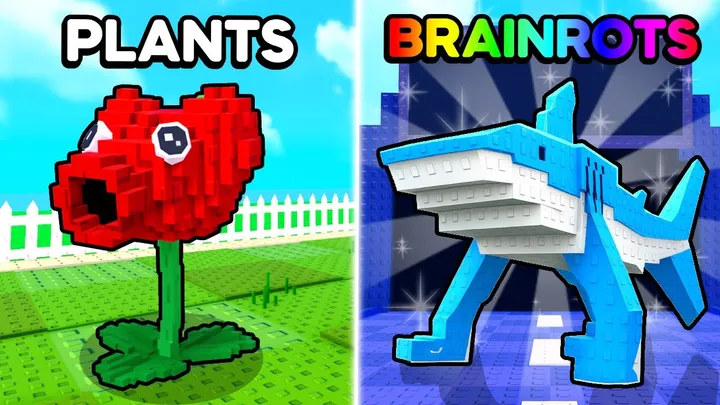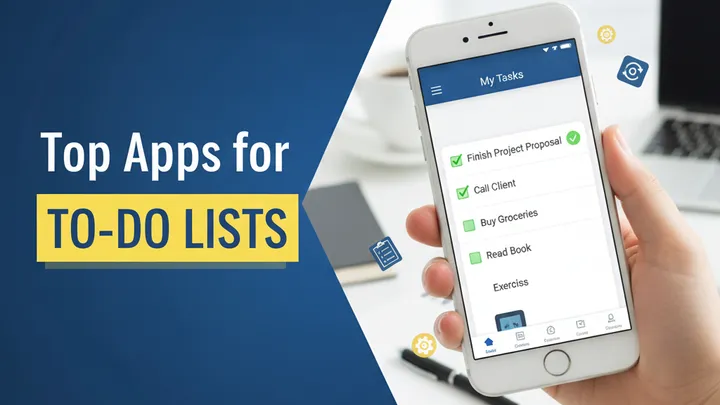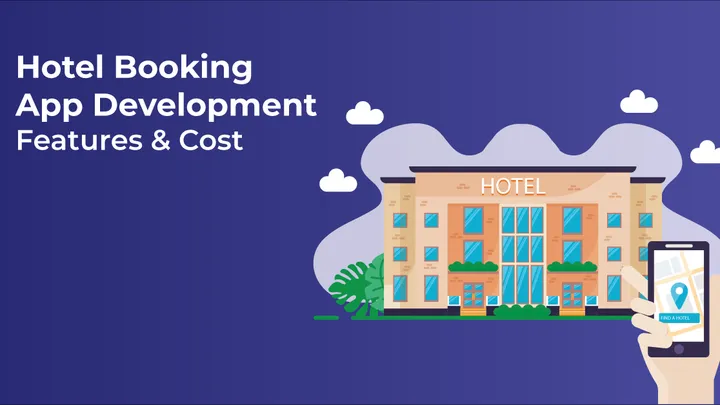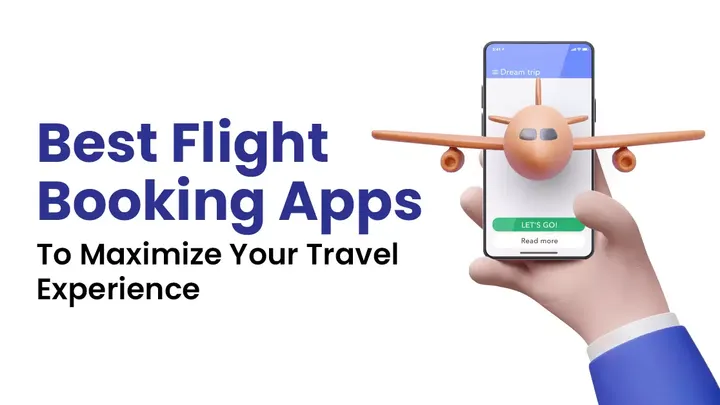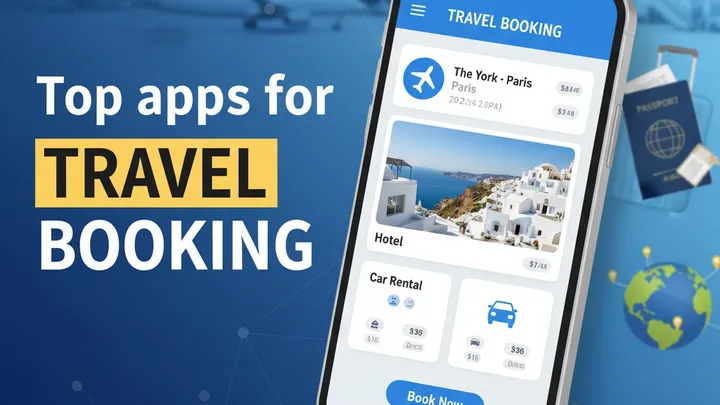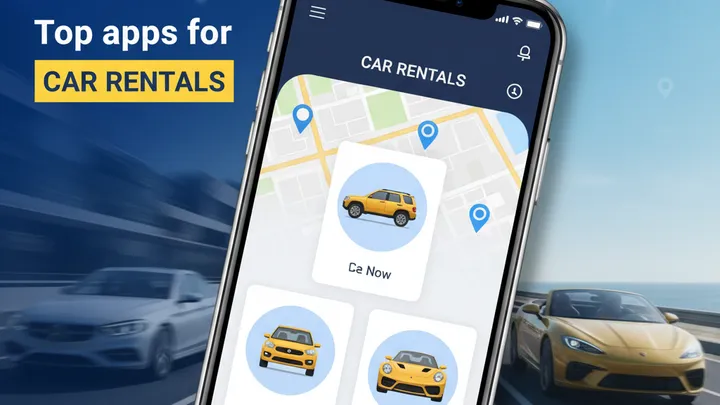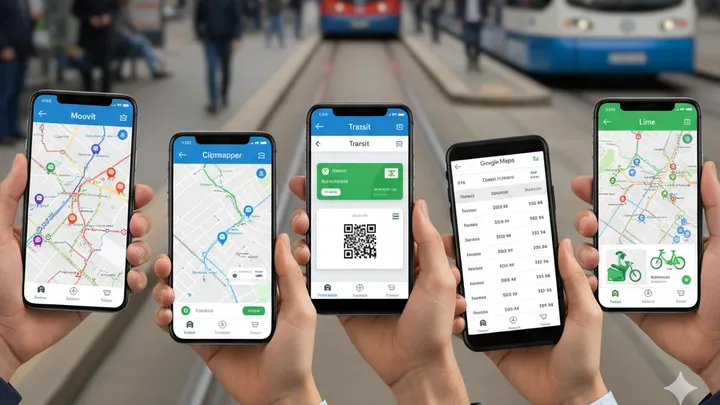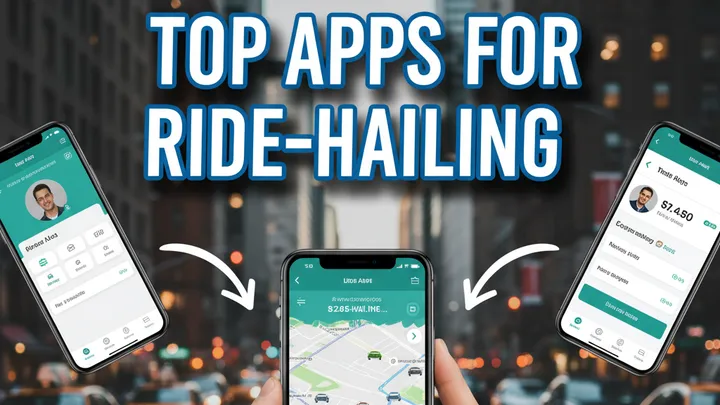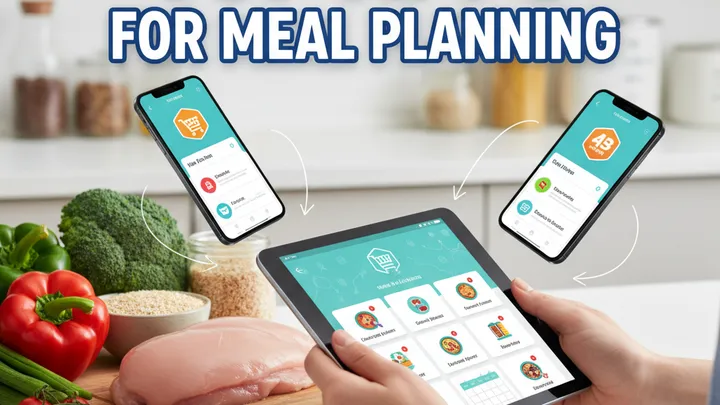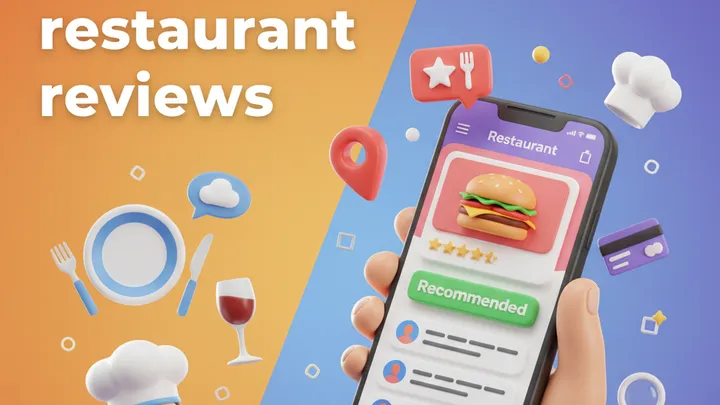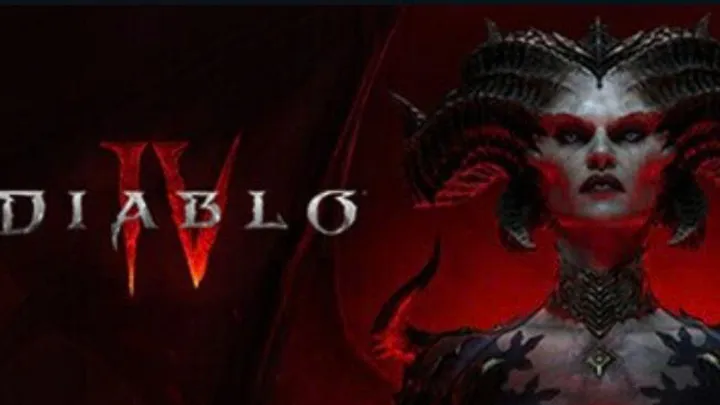In today’s fast-paced digital era, staying productive and organized can be challenging. That’s where to-do list apps come in. Whether you’re managing personal goals, work projects, or daily errands, these apps help streamline tasks, improve focus, and ensure nothing slips through the cracks.
This guide explores the top apps for to-do lists in 2025, their standout features, and how they can help you take control of your time and tasks.
1. Todoist – The Powerhouse of Task Management
Todoist has long been a favorite among productivity enthusiasts, and for good reason. Its clean design, advanced features, and cross-platform functionality make it one of the most versatile to-do list apps available.
Key Features:
- Smart task scheduling with natural language input.
- Labels, filters, and priority levels for task organization.
- Integration with Google Calendar, Slack, and Outlook.
- Karma points system to gamify productivity.
- Offline access with seamless syncing across devices.
Why Users Love It:
Todoist combines simplicity with power. Beginners can quickly set up simple lists, while advanced users can create complex workflows. The app’s clean interface makes daily task management intuitive, and its integrations make it ideal for both personal and professional use.
2. Microsoft To Do – Simple and Seamless Integration
Microsoft To Do is a reliable and straightforward task manager, especially for those already using the Microsoft ecosystem.
Key Features:
- Cloud sync with Microsoft 365 and Outlook tasks.
- Personalized daily planner called “My Day.”
- File attachments and notes for each task.
- Shared lists for easy collaboration.
- Cross-device syncing from desktop to mobile.
Why Users Love It:
It’s perfect for those who want a free, no-frills task manager. With direct Outlook integration, it suits professionals managing work emails and tasks. Its simplicity and accessibility make it ideal for users who want straightforward productivity tools.
3. Google Tasks – Minimalist and Integrated
Google Tasks is designed for users who want simplicity and integration with the Google Workspace ecosystem.
Key Features:
- Direct integration with Gmail and Google Calendar.
- Subtasks and notes for detailed task tracking.
- Easy drag-and-drop functionality.
- Cross-device syncing within Google accounts.
- Lightweight, clutter-free design.
Why Users Love It:
Google Tasks is minimalistic but powerful for those who live in the Google ecosystem. If you rely heavily on Gmail or Google Calendar, this app helps keep everything connected and easy to manage.
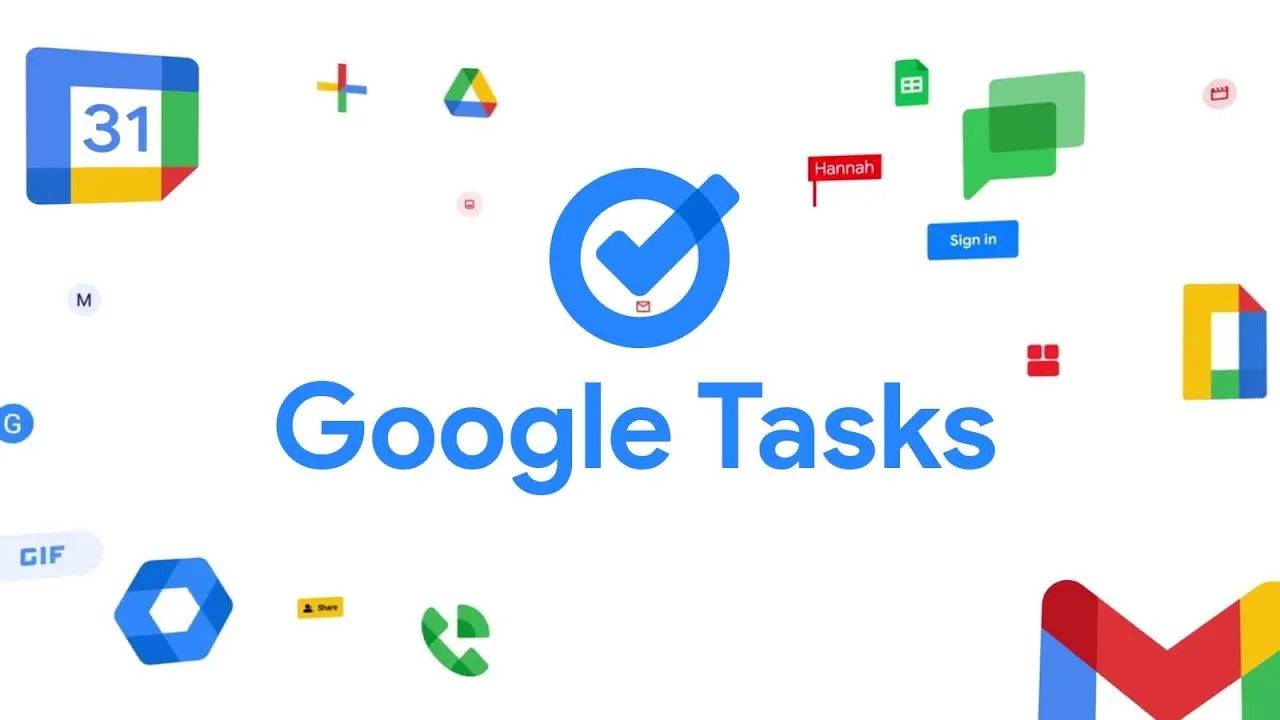
4. Any.do – Smart Planning Meets Simplicity
Any.do stands out as a beautifully designed app that merges task lists, reminders, and calendar scheduling.
Key Features:
- Daily planner with smart scheduling.
- Voice command task creation.
- Shared lists and collaborative features.
- Calendar integration for holistic planning.
- Cross-platform syncing with browser extensions.
Why Users Love It:
Any.do blends productivity with design elegance. Its “Plan My Day” feature helps users organize priorities effectively, making it a favorite for people who want daily structure and motivation.
5. TickTick – Productivity With a Pomodoro Twist
TickTick offers powerful task management combined with built-in productivity tools, making it one of the most feature-rich apps on the market.
Key Features:
- Pomodoro timer for focused work sessions.
- Habit tracking alongside task lists.
- Natural language processing for task input.
- Priority levels, tags, and smart lists.
- Calendar view for big-picture planning.
Why Users Love It:
TickTick appeals to productivity enthusiasts who enjoy combining time management techniques like Pomodoro with detailed task planning. Its habit tracker also makes it ideal for users working on self-improvement.
6. Notion – Beyond a To-Do List
While Notion is more than just a to-do list app, it has become incredibly popular for customizable productivity.
Key Features:
- Build custom task databases with templates.
- Kanban boards, calendars, and timelines.
- Collaboration features for teams.
- Supports multimedia content and embeds.
- Integrates with Slack, Google Drive, and more.
Why Users Love It:
Notion is highly flexible. From simple checklists to complex project management dashboards, users can design a system that fits their unique needs. It’s especially loved by students, freelancers, and teams who need a central hub for productivity.
7. Habitica – Gamified To-Do Lists
Habitica turns task management into a game, where completing tasks helps you build a character and earn rewards.
Key Features:
- RPG-style character progression.
- Rewards system for completing tasks.
- Team quests for group motivation.
- Custom habits and daily goals.
- Web and mobile app syncing.
Why Users Love It:
Habitica appeals to those who find traditional to-do lists boring. By gamifying tasks, it keeps users motivated and engaged, making productivity fun rather than a chore.
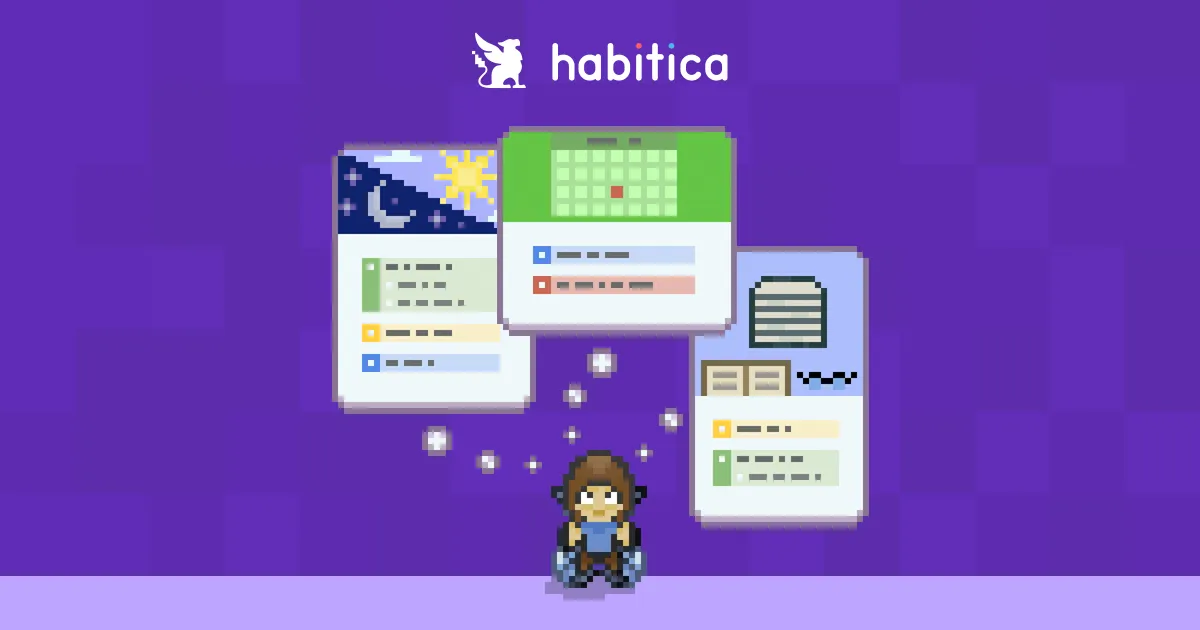
8. Trello – Visual Task Organization
Though primarily a project management app, Trello is excellent for visually organizing to-do lists through Kanban boards.
Key Features:
- Drag-and-drop card system.
- Checklists, due dates, and labels.
- Integrations with hundreds of tools like Slack and Jira.
- Team collaboration with shared boards.
- Automation with Butler (built-in AI assistant).
Why Users Love It:
Trello’s visual approach to task management is perfect for people who prefer seeing progress in a board layout. It’s especially useful for teams managing group projects.
9. Asana – Professional Task Tracking
Asana is another project management tool that excels at handling personal and professional to-do lists.
Key Features:
- List, board, and calendar views.
- Project templates for different workflows.
- Advanced search and reporting tools.
- Team collaboration with task assignments.
- Integration with over 100 productivity tools.
Why Users Love It:
Asana is popular with businesses but also works for personal productivity. It’s best suited for users who want to manage larger projects while still keeping daily tasks under control.
10. Evernote – Notes and To-Do Lists Combined
Evernote is known for note-taking but also includes powerful to-do list functionality.
Key Features:
- To-do lists embedded within notes.
- Web clipping for saving information.
- Cross-device syncing.
- Document scanning and storage.
- Task reminders and due dates.
Why Users Love It:
Evernote appeals to users who like combining notes, research, and to-do lists in one place. It’s ideal for students, writers, and professionals juggling multiple types of content.
How to Choose the Best To-Do List App
When selecting a to-do list app, consider:
- Ease of Use – Do you want minimalism or advanced features?
- Integrations – Does the app work with your email, calendar, or workflow tools?
- Collaboration – Do you need to share lists with a team or family?
- Customization – Can you tailor the app to fit your unique style?
- Motivation – Do you prefer gamification, habit tracking, or simple checklists?
The Future of To-Do List Apps in 2025
With advancements in AI, the future of to-do list apps is exciting. Expect features like:
- Smart task suggestions based on your habits.
- AI assistants to prioritize tasks automatically.
- Voice and gesture control for faster input.
- Cross-platform automation to sync tasks with every app you use.
As work and life continue to blend, these apps will evolve into intelligent productivity companions.
Conclusion
The best to-do list apps are more than just checklists—they are powerful tools that help you stay organized, productive, and stress-free. Whether you prefer the simplicity of Google Tasks, the power of Todoist, or the gamified fun of Habitica, there’s an app designed to match your lifestyle.
By choosing the right app, you can transform the way you organize your time and reach your goals more effectively. In 2025, productivity isn’t just about working harder—it’s about working smarter with the right digital tools.
